HVAC GeoComfort Geothermal High Carbon Dioxide readings and odd smells
ykindschi
last year
Related Stories

FIREPLACESUpdated Woodstoves Keep Home Fires Burning
Better technology means more efficiency than ever for modern woodstoves
Full Story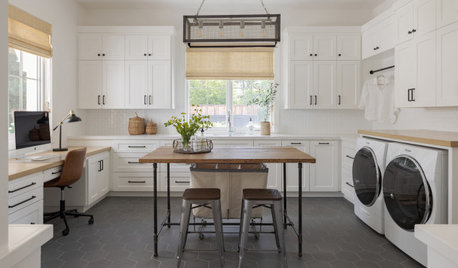
HOUSEKEEPINGHow to Clean Your Washing Machine
Cleaning your washer once a month will ensure that it stays spick-and-span along with your clothes
Full Story
MATERIALSInsulation Basics: What to Know About Spray Foam
Learn what exactly spray foam is, the pros and cons of using it and why you shouldn’t mess around with installation
Full Story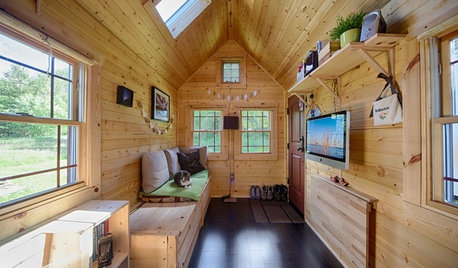
SMALL HOMESHouzz Tour: Sustainable, Comfy Living in 196 Square Feet
Solar panels, ship-inspired features and minimal possessions make this tiny Washington home kind to the earth and cozy for the owners
Full Story
BASEMENTSDesign Workshop: Is It Time to Let Basements Become Extinct?
Costly and often unnecessary, basements may become obsolete — if they aren’t already. Here are responses to every reason to keep them around
Full Story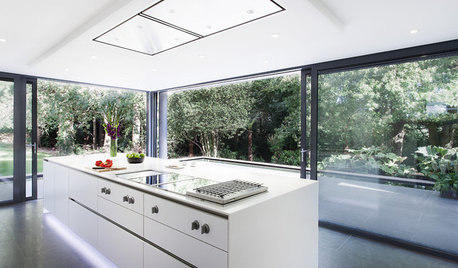
KITCHEN APPLIANCESDisappearing Range Hoods: A New Trend?
Concealed exhaust fans cut visual clutter in the kitchen
Full Story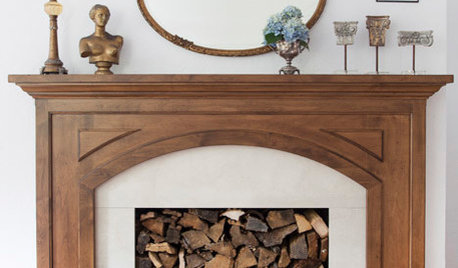
LIVING ROOMS8 Reasons to Nix Your Fireplace (Yes, for Real)
Dare you consider trading that 'coveted' design feature for something you'll actually use? This logic can help
Full Story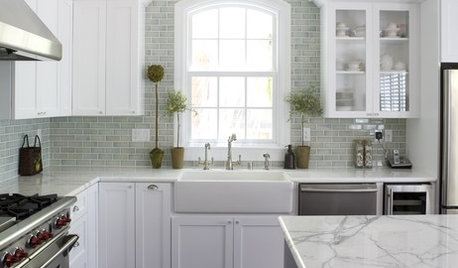
INSIDE HOUZZA New Houzz Survey Reveals What You Really Want in Your Kitchen
Discover what Houzzers are planning for their new kitchens and which features are falling off the design radar
Full Story
MOST POPULAR5 Ways to Hide That Big Air Conditioner in Your Yard
Don’t sweat that boxy A/C unit. Here’s how to place it out of sight and out of mind
Full Story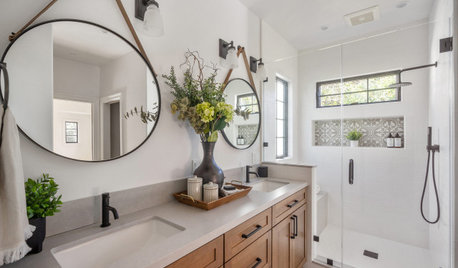
BATHROOM DESIGN5 Common Bathroom Design Mistakes to Avoid
Get your bath right for the long haul by dodging these blunders in toilet placement, shower type and more
Full Story





fsq4cw
ykindschiOriginal Author
Related Professionals
Fort Lee Solar Energy Systems · Herriman Solar Energy Systems · Maple Grove Solar Energy Systems · East Hanover Solar Energy Systems · Burlingame Home Automation & Home Media · Columbia Home Automation & Home Media · Farmington Home Automation & Home Media · Gages Lake Home Automation & Home Media · Keller Home Automation & Home Media · Potomac Home Automation & Home Media · Poway Home Automation & Home Media · Town 'n' Country Home Automation & Home Media · Walnut Creek Home Automation & Home Media · Concord Electricians · Evans FireplacesElmer J Fudd
Charles Ross Homes
ykindschiOriginal Author
ykindschiOriginal Author
fsq4cw
Charles Ross Homes
Charles Ross Homes
ykindschiOriginal Author
ykindschiOriginal Author
fsq4cw
Charles Ross Homes
Charles Ross Homes
ykindschiOriginal Author
Charles Ross Homes